I dropped out of university as a literature major in the 1980s. (I needed time to find myself.) Before I left, I read The Histories by the ancient Greek historian Herodotus. I decided to name my new data object the Herodotus Event Data Object or HEDO. A number of HEDOs can be stitched together to form codified narrative. Those who follow my blogs might recall that I previously developed a system of codified narrative called BERLIN. HEDOs represent my reinvention of BERLIN. I confess that HEDOs are somewhat business-oriented whereas BERLIN was mostly meant to follow story lines – e.g. from fairytales and films.
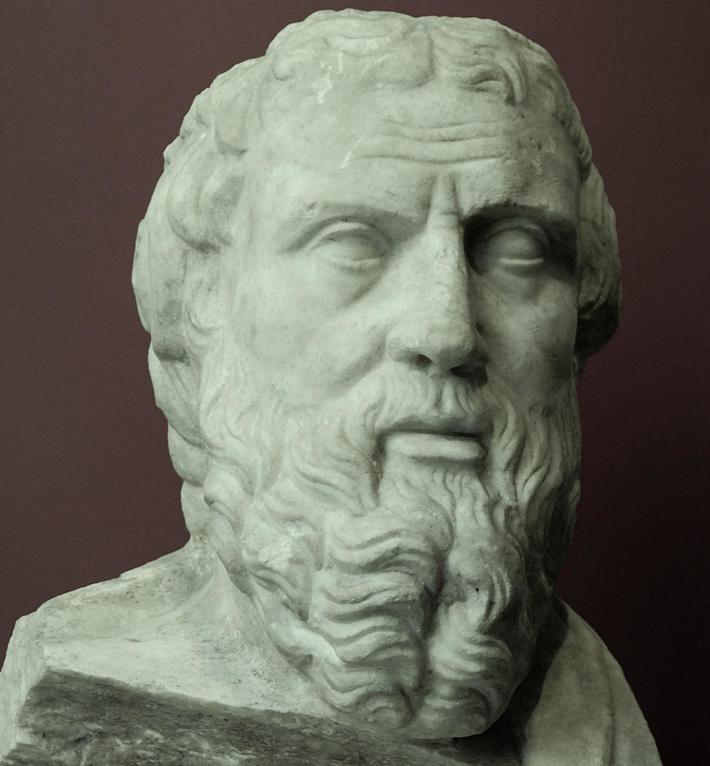
The rudimentary coding elements of BERLIN remain for the HEDO: there is a perpetrator, action, and victim – or more generically a subject, action, and object. Beyond these shared elements, the HEDO is completely different both conceptually and structurally. The three rings below show the connection between the subject, action, and object in an event. But I drew two lines across the rings, resulting in 15 possible fields or facets for each event.
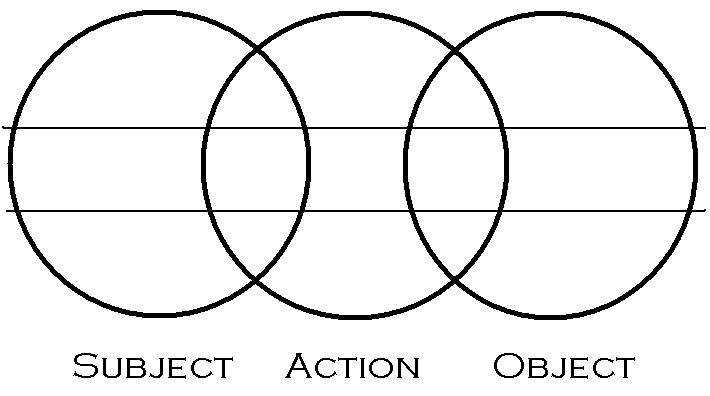
I labelled the fields below for those that don’t quite get what I mean by 15 distinct fields.
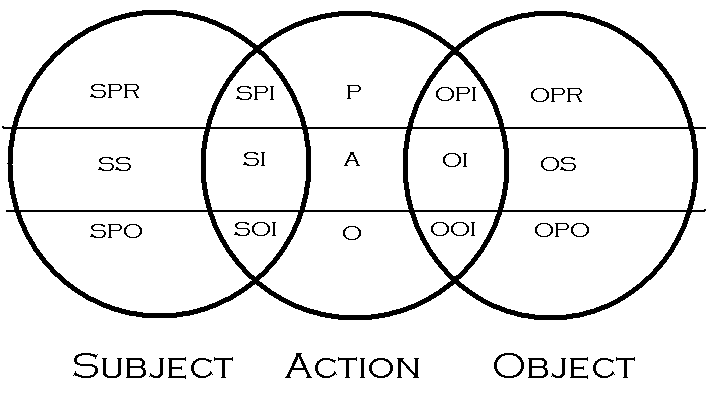
Although I am able to create HEDOs by hand – using pen and paper – making the data accessible requires that it be entered electronically. I created a HEDO editor for this purpose. The HEDO is based on what I call the Projectional Disablement Model. Common themes found in disablement literature include entrenchment, definition, imposition, and realization – straight from my graduate research. For the HEDO there is also a subject, action, object, and tool. These eight (3 + 5) layers form a 3 x 5 grid conforming to labelled fields. Each HEDO can contain actual and asserted subjunctive data; this data can be in free-entry format or relational-entry format. A number of HEDOs can be listed on an event manifest. Then all of the data can be stored in XML.
The image below shows me registering for securities course. (The textbook literally arrived about half an hour ago. According to the institute’s records, this is my first course since 2002.) When confronting a HEDO, the user is able to explain the rationale behind their decisions and actions. Or if like Herodotus I am writing about somebody else, it is possible to record the context and circumstances using this logical schema.
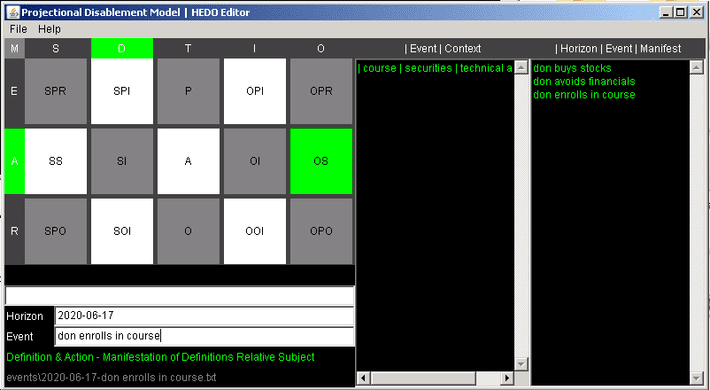
Causality is an interesting topic in relation to HEDOs because the object is premised on causality currents: there are five undercurrents and one crosscurrent. The image below presents the currents as arrows. Causality is therefore more of an ecosystem.
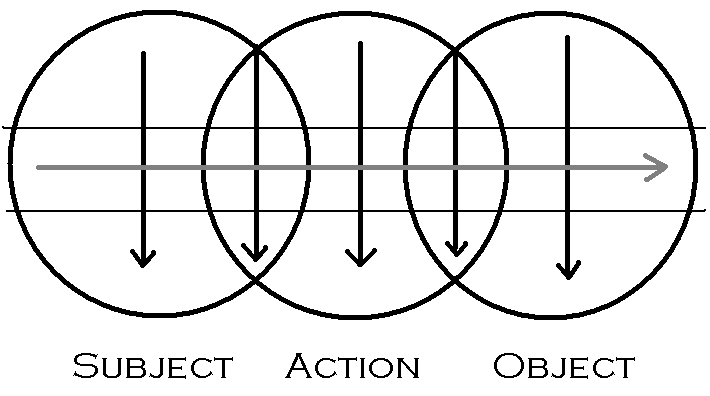
Due to the ability data do searches using this logical schema, I find myself fairly excited about future applications. This then is my extremely brief introduction to the HEDO, which I hope to write more about in the future.
